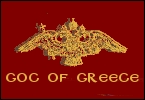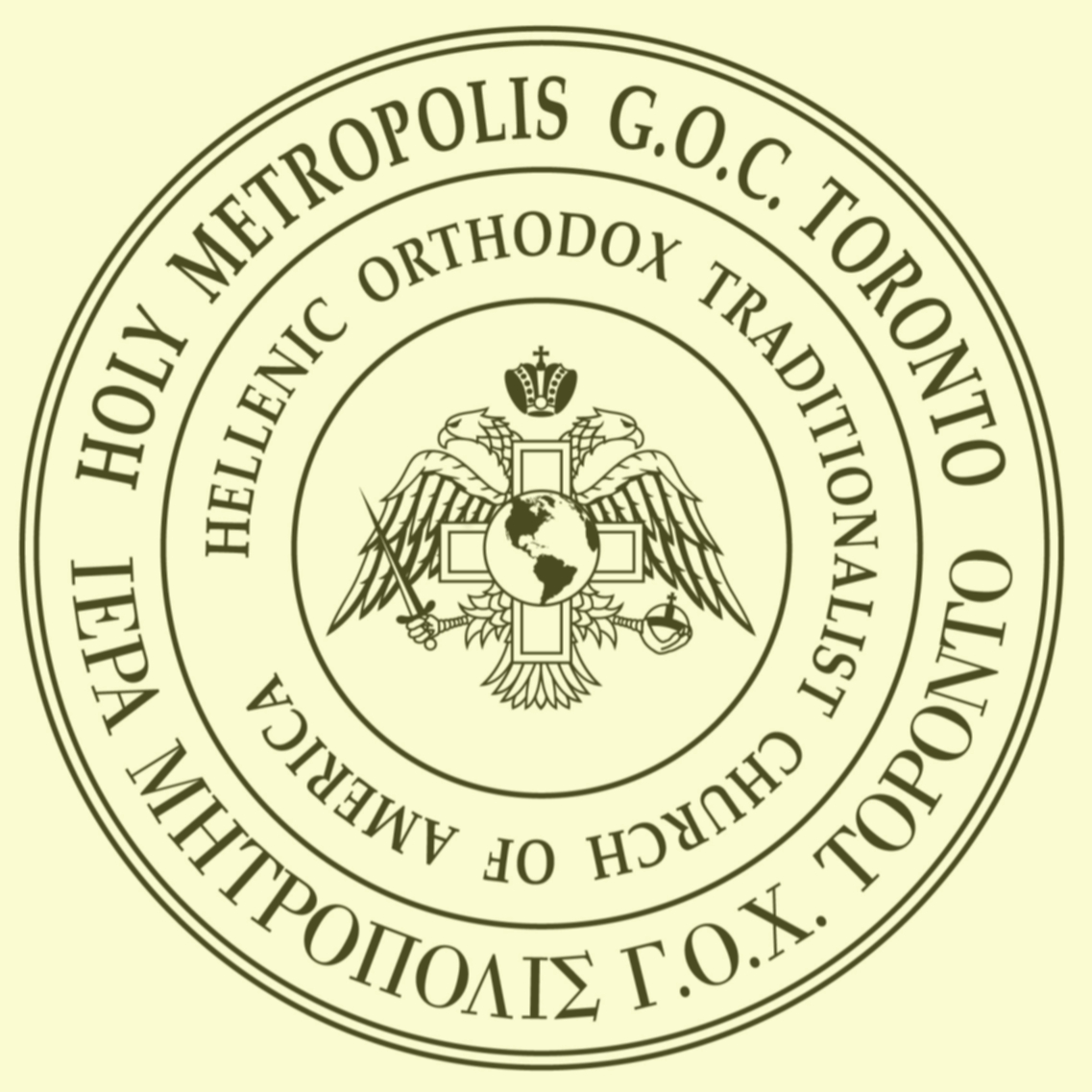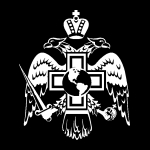Life of St. Argyrios
- Details
- Created on Thursday, 09 November 2006 14:04
On the 11th of May the Church commemorates the New-Martyr Saint Argyrios of Epanome +1806
St. Argyrios was born in the village of Epanome, near Thessaloniki, Greece, in 1788. While still a teenager, he moved to Thessaloniki to find work and became an apprentice tailor. At that time, a Greek Orthodox Christian was imprisoned by the local Pasha for some offense and did not have the funds to free himself. In order to be released from prison he made the choice between hanging or denying his Christianity. He chose the latter.
A short time later, Argyrios was in a local eating establishment and saw the former Christian celebrating with other members of his new faith. Boldly, Argyrios confronted him and tried to convince him of his great error, urging him to return to the faith of his ancestors, the Holy Orthodox Church of Christ.
“What evil have you done, my brother,” Argyrios said to him, “to deny Christ our Maker and Savior? What great evil, unfortunate one, did you do to your soul, to surrendering to hell, where there is eternal death to avoid this temporary death? Come, come, my brother, to your senses, come to yourself, repent, return to Christ. We ought never deny Him Who would never deny us?”
Some Janissaries overheard Argyrios and fell upon him, intending to kill him. However, they changed their minds and thought to convert him instead. They brandished their scimitars and tried to force Argyrios to say that he would deny Christ and convert. The alternative was death. Argyrios, however, remained unmoved by their invitation and threats, and was beaten and then taken to the local Kadi.
Initially, the Kadi ruled that it was no crime to advocate one’s Faith with zeal, which is how he interpreted Argyrios’s actions. However, the Janissaries present disagreed and called Argyrios an enemy of the “true” faith. They could not accept the Kadi’s affirmation that one who blasphemed their faith was not deserving of death.
During the customary interrogations, the Kadi tried desperately to make Argyrios agree to deny Jesus Christ to save his life. Instead, Argyrios proclaimed, “I was born a Christian and as a Christian I will die.” Consequently, he was tortured and hanged.
During World War II, two monks from Mount Athos, Petros and Niphon Astyfides, were ordained to the Priesthood for the village of Epanome. It was during their ministry there that Fathers Petros and Niphon came to be given the Holy Relic of the New Martyr Argyrios by the nuns Matrona and Mariam. The nuns were members of the Brenda family that was in possession of the Holy Relics of St. Argyrios. The two sisters became nuns at the Old Calendar Monastery of St. Menas under the jurisdiction of the future Bishop Petros of Astoria and his brother Archimandrite Niphon. At that time, the Holy Relic was transferred to the Monastery of St. Menas in Anthousa, Attica. It was from that monastery that His Eminence Metropolitan PAVLOS brought the Holy Relic to New York.
Apolytikion*
Third Tone: Awed by the beauty
O, for thy bravery, Martyr Argyrios*
And thy courageous stand*
Thou hast endured the most*
Terrible suff’rings of a martyr; O right-laudable one!*
How thou didst confess thy Christ*
In the presence of tyrant foes!*
And thou didst put to shame*
The Hagarines by reproving them.*
For this cause do we the faithful cry out*
And chant great praises unto thee!
*By Metropolitan Petros of Astoria (1915-1997)
Kontakion**
Fourth Tone: Thou hast appeared
O great athlete of the Faith*
Thou didst glorify Christ*
Struggling in these last days*
Enduring death for Him*
Wherefore we faithfully honor thee*
O Christ’s co-dweller*
Victorious Argyrios.
**By Monk Gerasimos Mikroannanitis
Missions
Saint John of Kronstadt - Bunnell, Florida
St. John of Kronstadt Orthodox Church began as a mission parish in the year 2000, in a home chapel in Palm Coast, FL – a small town on Florida’s northeast coast located between St. Augustine and Daytona Beach. After two years, it became necessary to have services in area community centers, rented for Sundays and other Holy Days. Read more...
Youth
2023 Youth Conference
Please join us for the 2023 youth conference in Chicago, IL! To learn more, visit the home page or visit the conference website.
Ask A Priest
Two-Headed Snake Cane?
Q. Can you tell me what the two-headed snake cane the Greek Bishop is walking with represents? What does it mean?
-V.T.
Read more...





